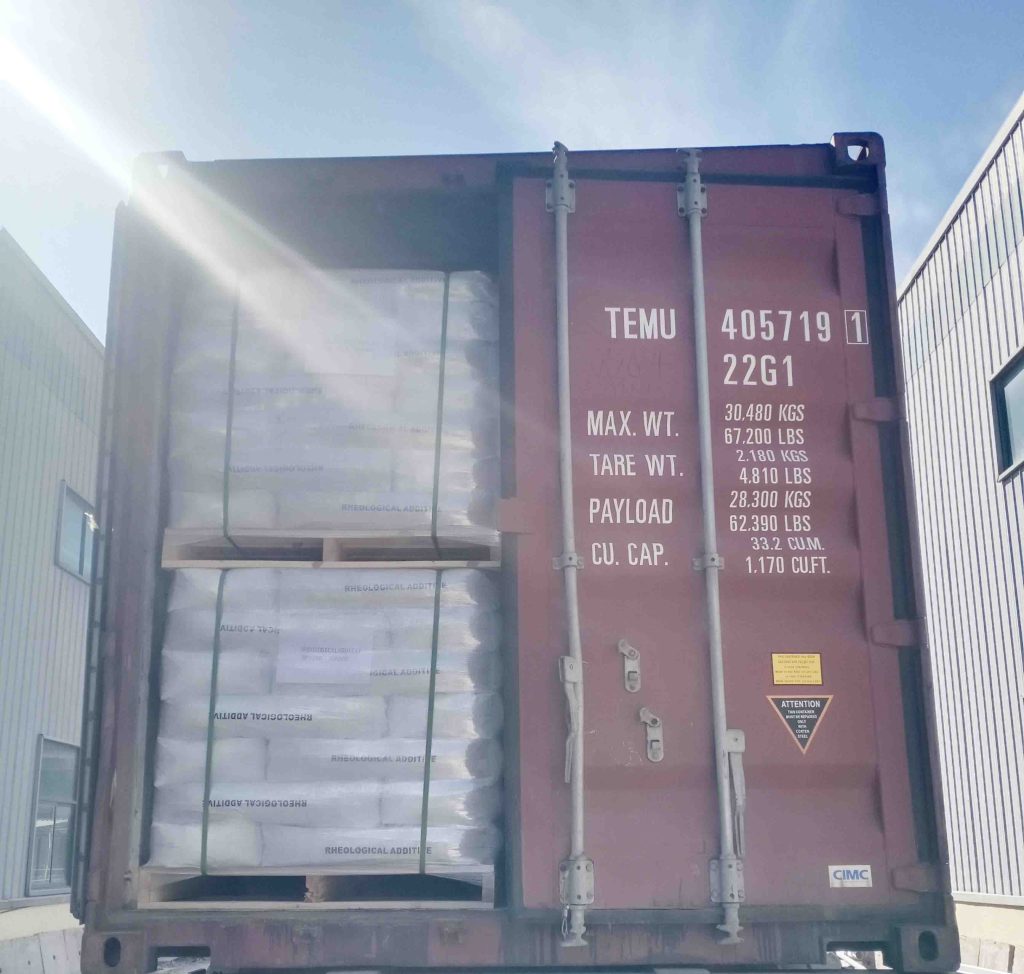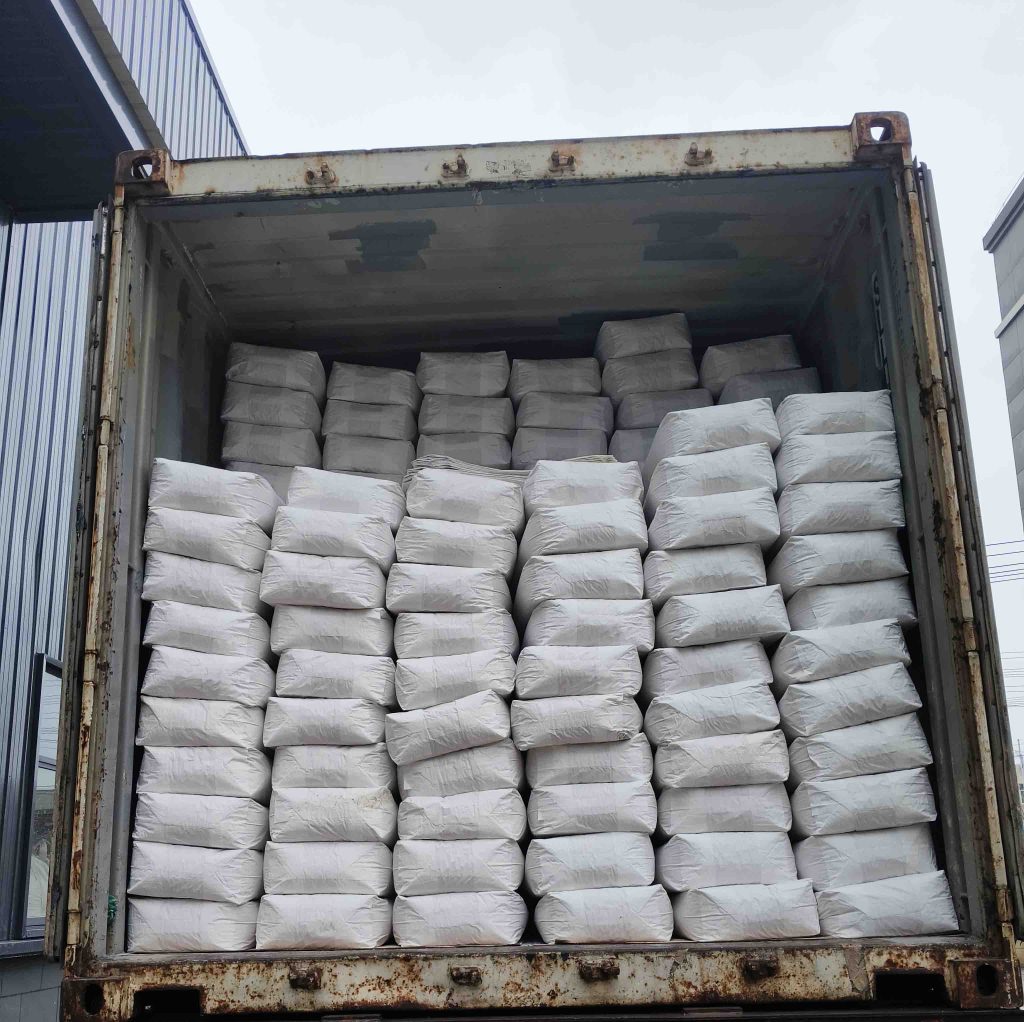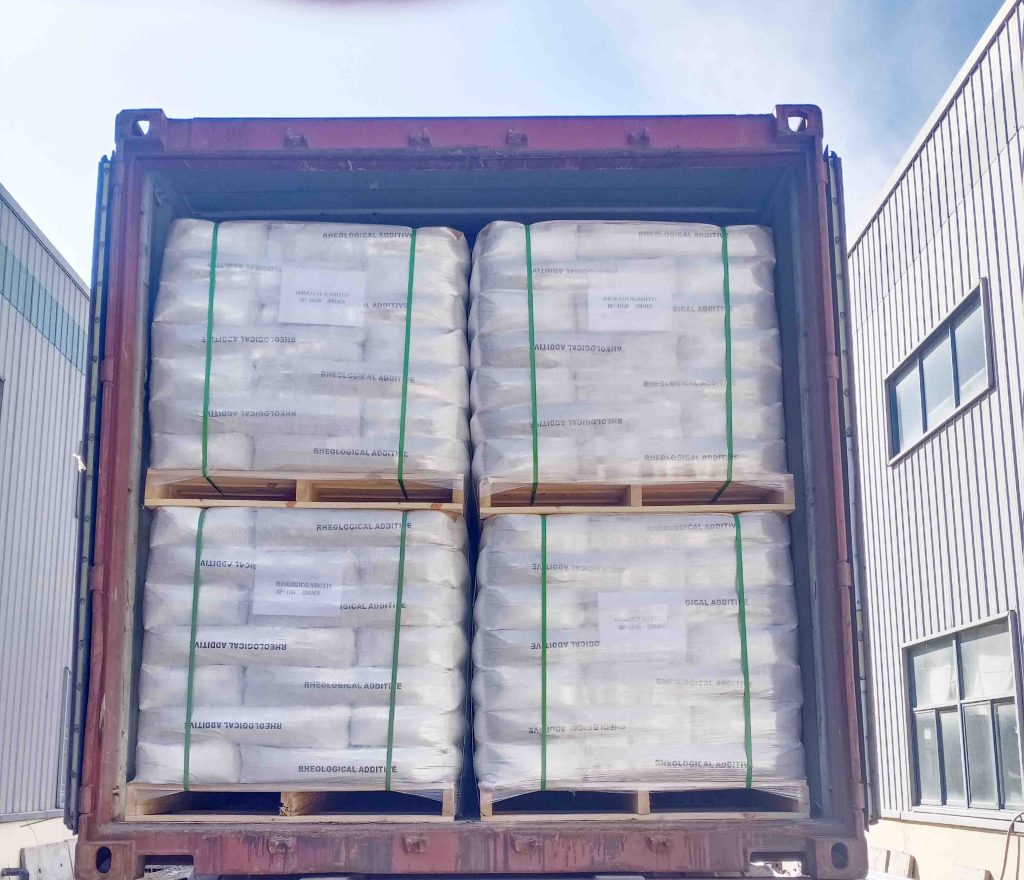Microbeads glass : In addition to these advantages, glass microspheres also provide excellent sound insulation, thermal insulation, electrical insulation, and low water absorption.
To fully realize the benefits of glass microspheres in plastic modification, factors such as particle size, surface treatment, and shape should be carefully considered.
This ensures optimal bonding between the microspheres and the plastic matrix, preventing detachment and migration during processing.
microbeads glass

What Are Bead Blasting’s Applications?
| Aerospace industry | Remove rust and paint from mechanical components to remove knife marks. |
| Remove scratches on the rubber | Reflective paint for roads |
| Scratch treatment on the surface of stainless steel. | |
| Foundry industry; | Pre processing in the electroplating industry. |
| Semiconductor Industry | Crafts for exterior decoration |
microbeads glass
Glass microspheres are widely used in plastic modification due to their stable mechanical and chemical properties and their ability to effectively reduce costs. As fillers, they play a significant role in the plastics industry.
We sincerely invite you to visit our factory or inquire about our prices. We will send you an email with our product specifications and prices as soon as possible.
If you have any other technical questions or are in testing, we will also provide you with free samples and provide you with maximum technical support.Your well-known glass microbeads in China are expensive.
Size of glass beads for blasting
Model of Bead blasting glass | Sieve Size (mesh) | Particle Size Range(μm) |
WSL17L# | 20~40 | 425 ~ 850 |
WSL 18L# | 30~40 | 425 ~ 600 |
WSL 19L# | 40~60 | 300 ~ 425 |
WSL 20L# | 60~100 | 150 ~ 300 |
WSL 21L# | 70~140 | 106 ~ 212 |
WSL 22L# | 100~140 | 106 ~ 150 |
WSL 23L# | 100~200 | 75 ~ 150 |
WSL 24L# | 140~200 | 75 ~ 106 |
WSL 25L# | 140~270 | 53 ~ 106 |
WSL 26L# | 200~325 | 45 ~ 75 |
Specification of Bead blasting glass
| Specific gravity | 2.4-2.6 g/m3 |
| Stacking density | 1.5g/cm3 |
| Type | Blasting / Shot Peening Media |
| Spherical | |
| Rockwell hardness: | 46HRC |
| Mohs | 6-7 |
| Round rate | 80% |
| Melting point | 710-730 ℃ |
| Index of refraction | 1.5—1.6 |
After the use of hollow glass beads to enhance the service of the coating, and its environmental performance is particularly prominent.
If you want to regulate the strength and fluidity, can play a more stable role in this regard to improve abrasion resistance also plays an important role, and then its density is lower than the coating itself, which makes the coating was added to the physical location of the coating itself after the coating to strengthen its fluidity.
The application of glass microspheres in plastic modification includes the following key aspects:
1. Enhancing Strength and Stiffness: Glass microspheres can directly improve the strength and rigidity of plastics, including increasing tensile strength.
Due to their high hardness, adding glass microspheres significantly boosts the plastic’s overall strength, reducing the likelihood of breakage during stretching.
2. Improving Thermal Stability: The low thermal conductivity of glass microspheres enhances the thermal stability of plastics, preventing deformation due to high temperatures.
3. Reducing Density: Glass microspheres have a low density, which helps to reduce the overall weight of the plastic while maintaining high strength and rigidity. This is particularly beneficial in aerospace and automotive industries where weight reduction is crucial.
4. Improving Gloss and Appearance: Adding glass microspheres to plastics enhances surface gloss and aesthetic appeal. It also reduces surface scratches and internal stress.
5. Increasing Corrosion Resistance: Glass microspheres impart strong resistance to chemical corrosion, protecting the plastic from various chemical attacks.
6. Enhancing Processing Performance: Glass microspheres improve the flowability of plastics, reducing pressure and temperature during injection molding and extrusion processes.
This enhances production efficiency and significantly lowers processing difficulty and energy consumption.


